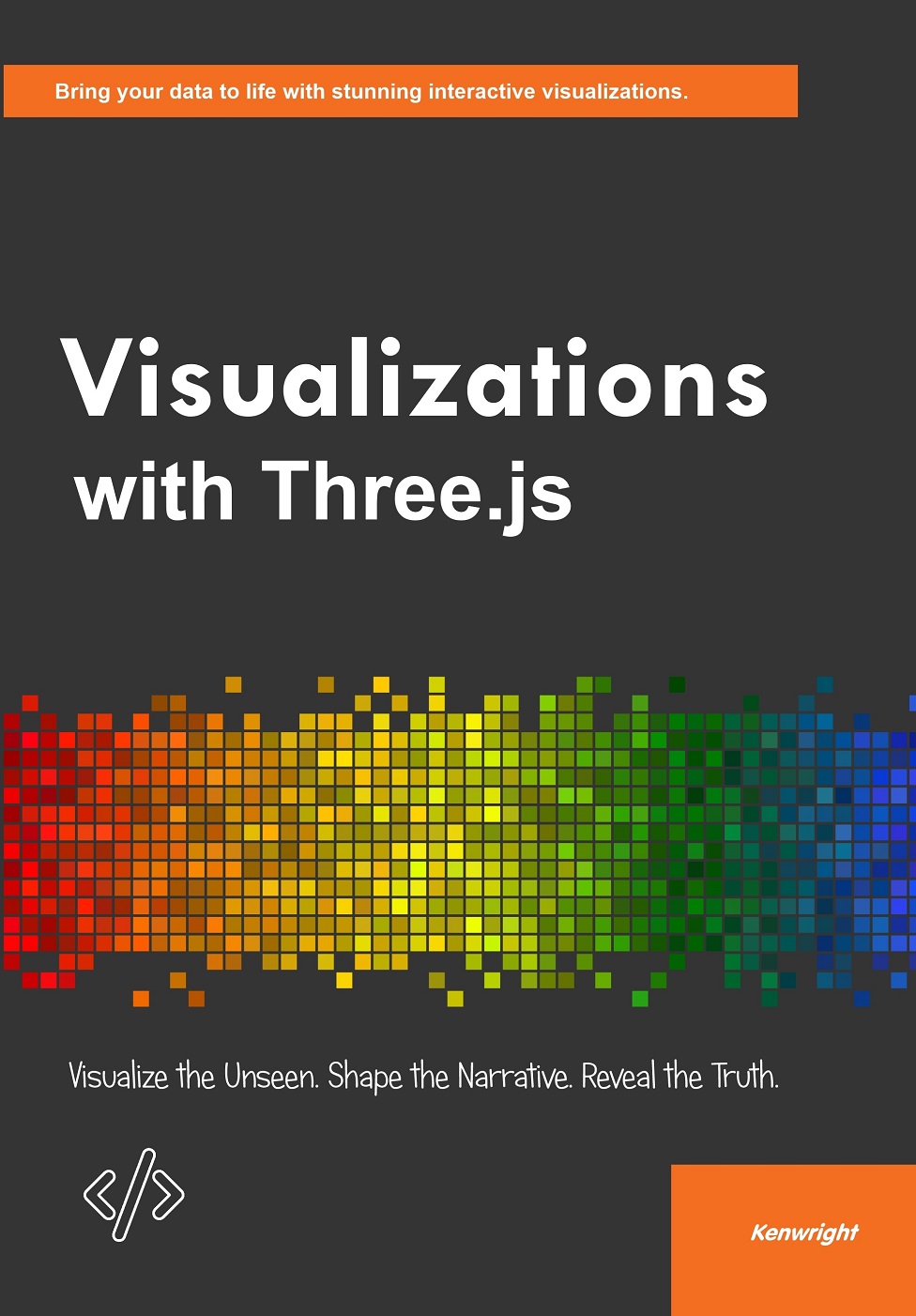
Visualizations with Three.js
An insightful journey into Three.js, "Visualizations with Three.js" explores its profound influence on the technological evolution. With clarity and enthusiasm, this essential read delivers fresh perspectives and actionable insights that inspire curiosity and spark meaningful progress.



Sarah Johnson
Professional ReviewerThe integration of storytelling and data was masterful. It made the content both credible and compelling.
September 27, 2025